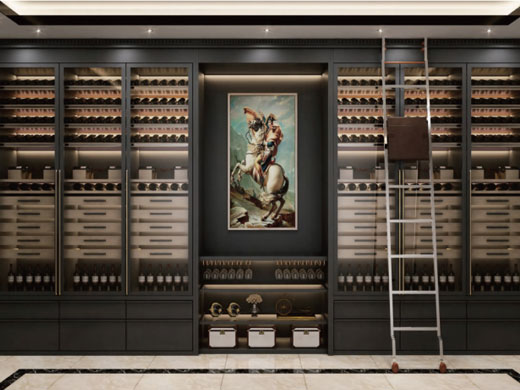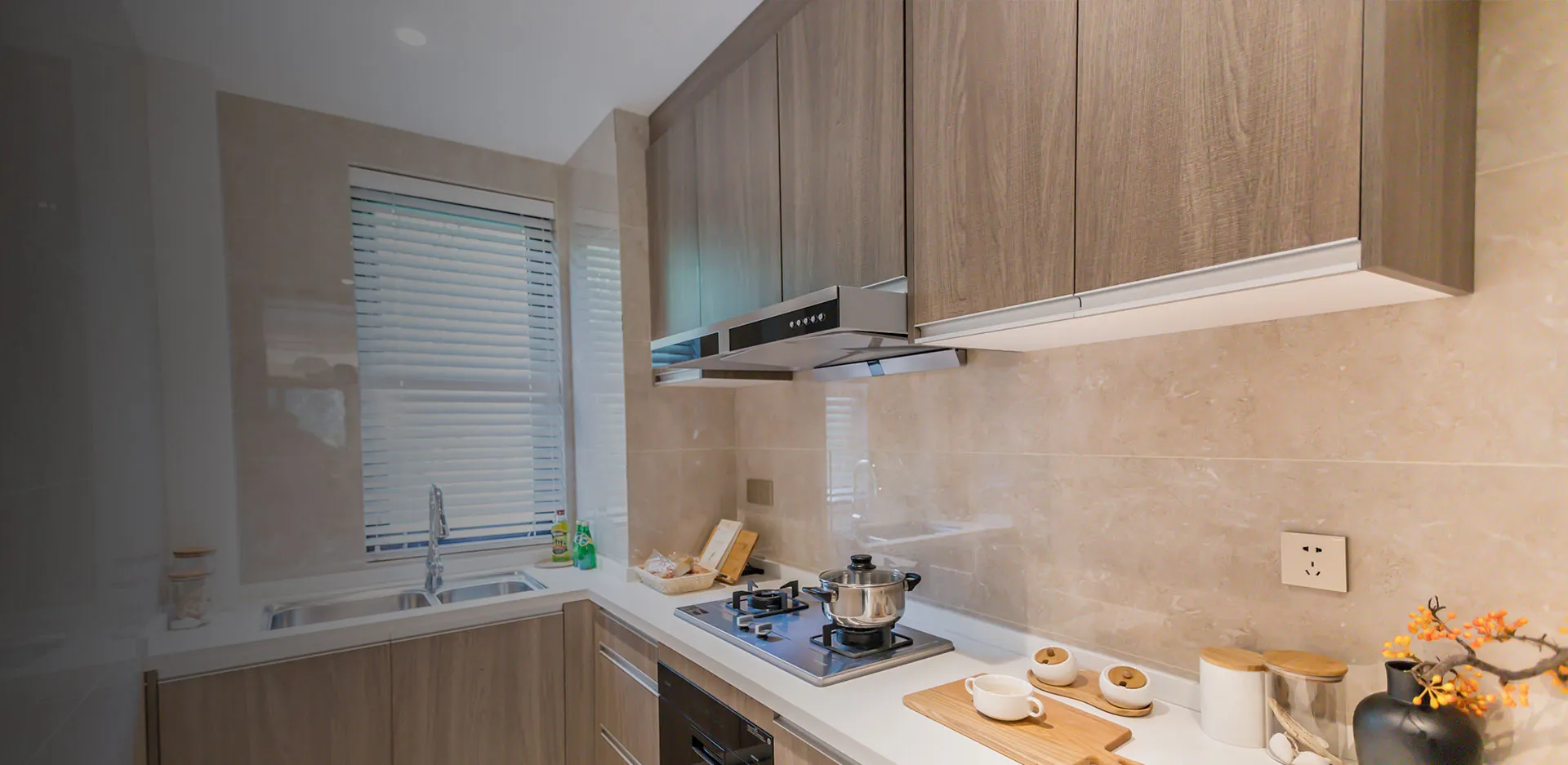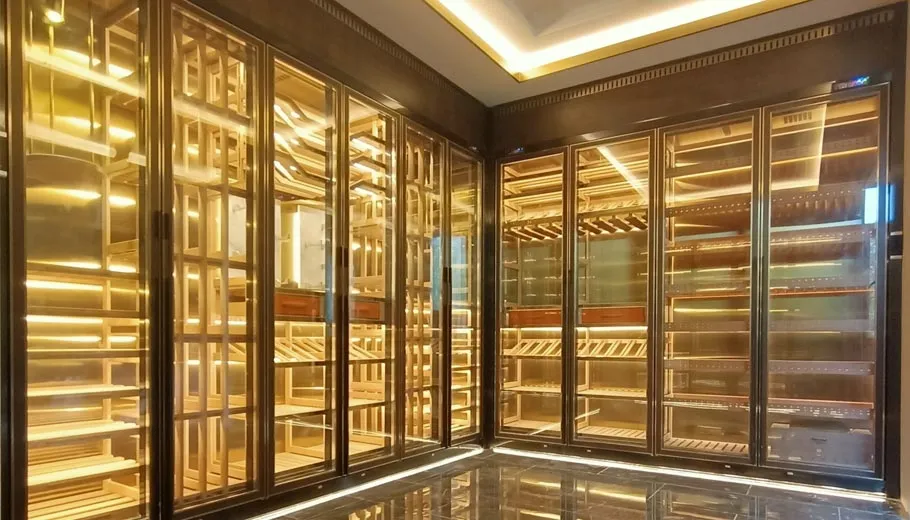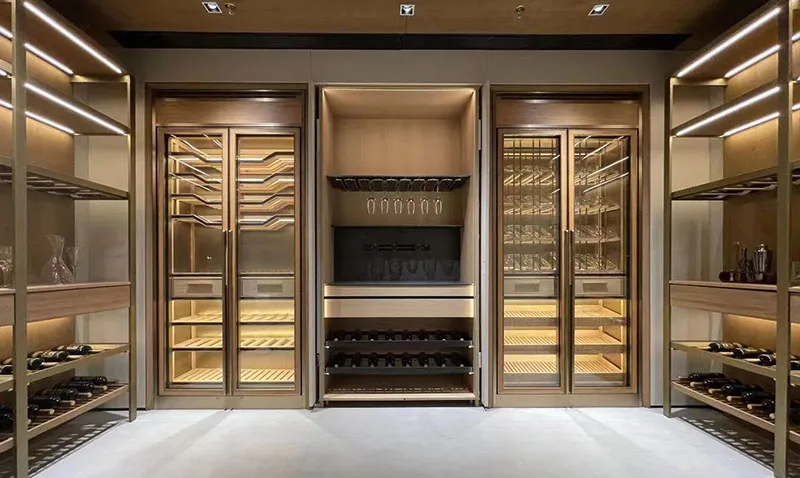Comparison of Stainless Steel Cabinets with Traditional Cabinet Materials
When it comes to choosing kitchen cabinets, the material is a crucial factor that impacts not only aesthetics but also functionality, durability, and cost. Among the many options available, stainless steel cabinets have been gaining popularity due to their modern appeal and practical benefits.
1. Water Resistance: Stainless Steel vs. Wooden Cabinets
One of the primary concerns in a kitchen is exposure to moisture, whether from cooking, cleaning, or accidental spills. Wooden cabinets, despite their natural beauty and warmth, are particularly vulnerable to water damage. Prolonged exposure to moisture can cause wood to swell, warp, or even rot. Although treated or laminated wood can offer some protection, these coatings can wear off over time, leaving the cabinets susceptible to damage.
In contrast, stainless steel cabinets are inherently waterproof and highly resistant to moisture. They do not swell, crack, or degrade even in high-humidity environments, making them ideal for kitchens where water exposure is unavoidable. Furthermore, stainless steel’s non-porous surface prevents the growth of mold and bacteria, ensuring a hygienic cooking space. For homeowners who prioritize durability and hygiene, stainless steel cabinets offer a clear advantage over wood.
2. Weight and Installation: Stainless Steel vs. Stone Cabinets
Stone cabinets, particularly those made of natural materials like granite or marble, exude luxury and elegance. However, their substantial weight can pose significant challenges during installation. The heavy load often requires reinforced structures, adding to the overall installation cost and complexity. Additionally, their weight makes them less versatile, as repositioning or modifying the cabinets can be impractical.
Stainless steel cabinets, on the other hand, are much lighter in comparison. Despite their robust construction, stainless steel is relatively easy to transport and install. This lighter weight translates to reduced labor costs and faster setup times. Moreover, stainless steel cabinets can be customized and adapted to fit unique kitchen layouts without the structural reinforcements often needed for stone. For homeowners seeking a balance between durability and ease of installation, stainless steel emerges as a more practical choice.
3. Cost, Durability, and Maintenance
When comparing the cost of stainless steel cabinets to wood and stone options, the upfront investment can vary widely depending on the specific material grade and design. Wooden cabinets, particularly those made from solid hardwood, tend to have a lower initial cost than stainless steel. However, over time, the maintenance expenses of wooden cabinets can add up significantly. Repainting, resealing, and replacing damaged panels are common upkeep requirements for wood.
Stone cabinets, while luxurious, often come with a high initial price tag. They are prone to chipping and cracking under heavy impact, and repairs can be expensive and complicated. Regular sealing is also required to maintain their appearance and prevent stains, which adds to their maintenance costs.
Stainless steel cabinets, though typically more expensive upfront than wood, offer long-term savings. They are incredibly durable and resistant to rust, corrosion, and physical damage like dents or scratches. Maintenance is minimal, requiring only occasional cleaning with a damp cloth and a stainless steel cleaner to maintain their sleek appearance. Over the years, the durability and low maintenance costs of stainless steel can offset the initial expense, making them a cost-effective choice for homeowners who value longevity and performance.
4. Aesthetic Versatility and Style
While wood and stone are often favored for their natural beauty, stainless steel has evolved to offer more aesthetic options than ever before. Wooden cabinets bring warmth and a traditional charm, while stone cabinets create a sense of luxury and opulence. However, they may not suit every kitchen style, particularly modern or minimalist designs.
Stainless steel cabinets, traditionally associated with commercial kitchens, have undergone significant design advancements. Today, they are available in a variety of finishes, including brushed, matte, and even color-coated options that mimic other materials. This versatility makes them suitable for various kitchen styles, from industrial and contemporary to transitional and eclectic. Moreover, the sleek and reflective surfaces of stainless steel can make smaller kitchens appear more spacious and bright.
5. Environmental Impact
Sustainability has become an important consideration for many homeowners. Wood, when sourced from responsibly managed forests, can be an environmentally friendly option. However, deforestation and the use of chemical treatments on wood can raise concerns about its overall impact. Stone, while natural, involves significant energy consumption during extraction and processing, contributing to its environmental footprint.
Stainless steel, by contrast, is highly recyclable and reusable, making it an eco-friendly choice. Cabinets made from stainless steel can often be manufactured from recycled materials, and at the end of their lifecycle, they can be recycled again without losing quality. This closed-loop recycling process contributes to its reputation as a sustainable material.
Which Cabinet Material is Right for You?
The choice between stainless steel cabinets and traditional materials like wood and stone ultimately depends on your specific needs, preferences, and budget. If you prioritize water resistance, durability, hygiene, and low maintenance, stainless steel cabinets are an excellent investment. They are particularly suited for modern kitchens and environments where functionality and long-term performance are critical.
Wooden cabinets, on the other hand, are ideal for those who value warmth and traditional aesthetics, while stone cabinets cater to homeowners seeking luxury and elegance. However, both options come with higher maintenance and potential limitations in certain environments.
By understanding the key differences between these materials, you can make an informed decision that aligns with your lifestyle and kitchen design goals. Stainless steel cabinets may not have the same natural charm as wood or the luxurious appeal of stone, but their practicality, versatility, and modern elegance make them a standout choice for the contemporary home.
Hot News
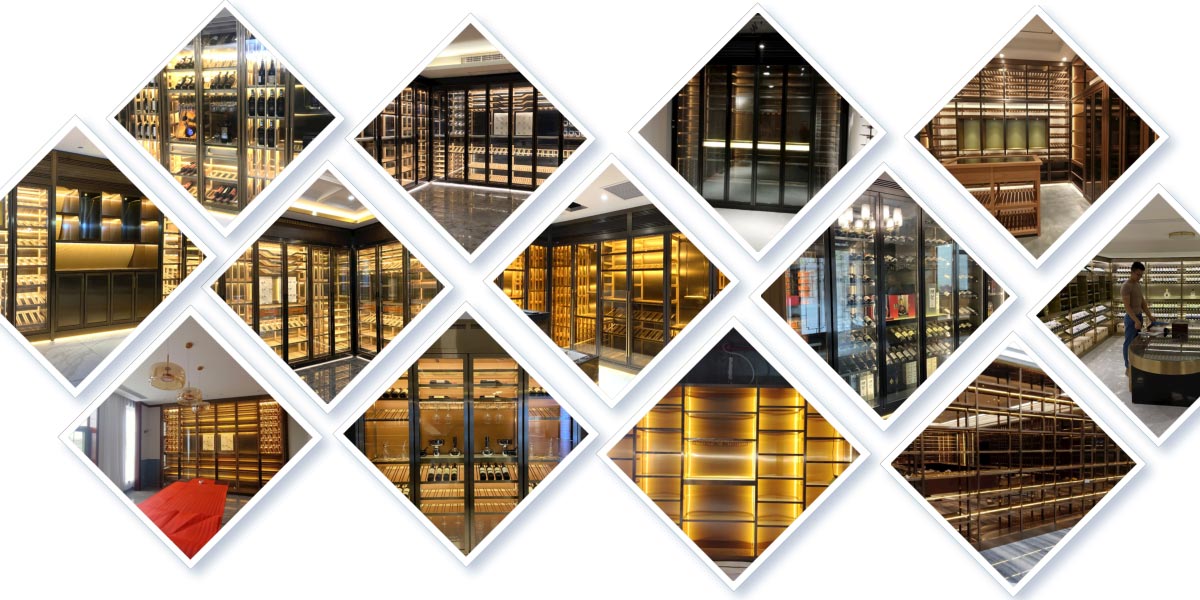
Best Stainless Steel Wine Cabinet for Home
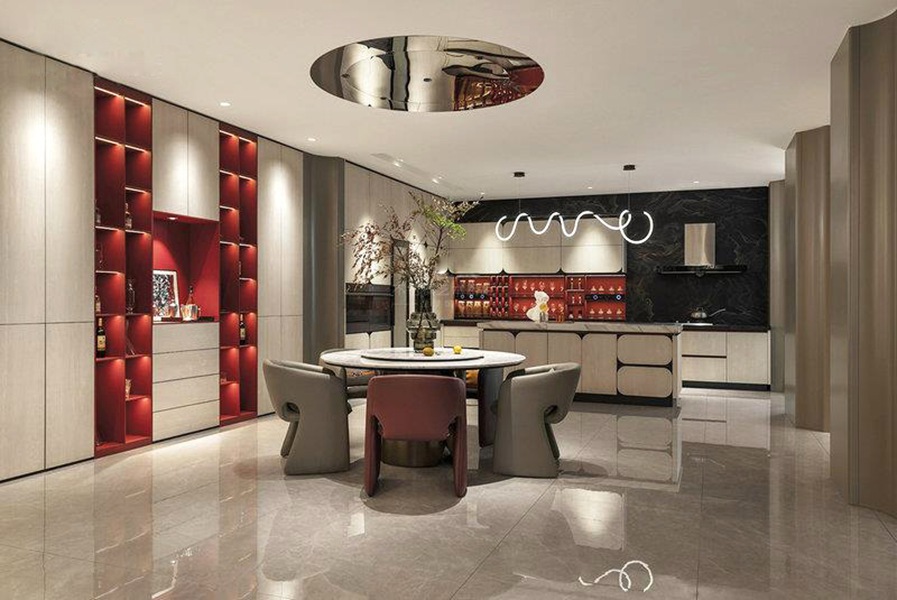
Stainless Steel Cabinets vs. Wood Cabinets: Which is the Better Choice for Your Kitchen?
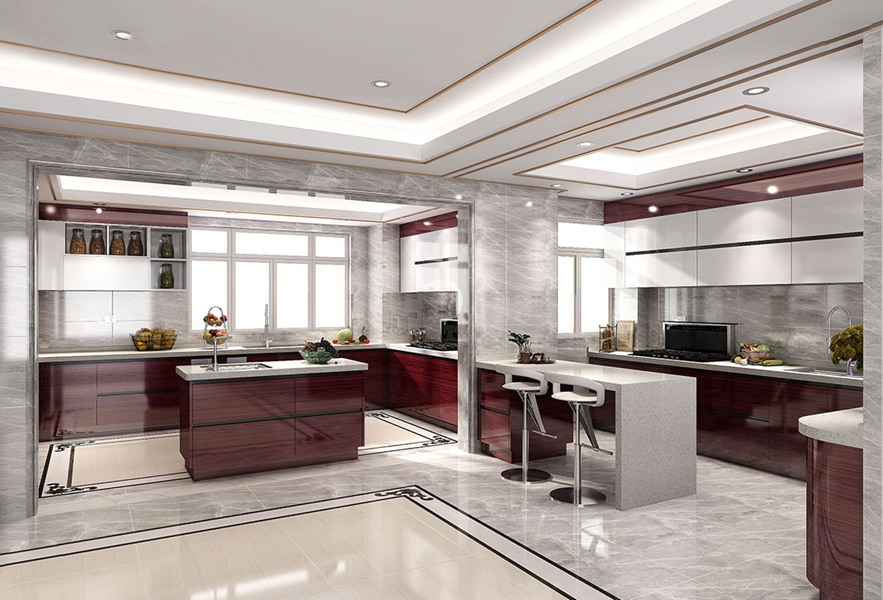
Minimalist Kitchen Design: How Stainless Steel Cabinets Fit the Trend
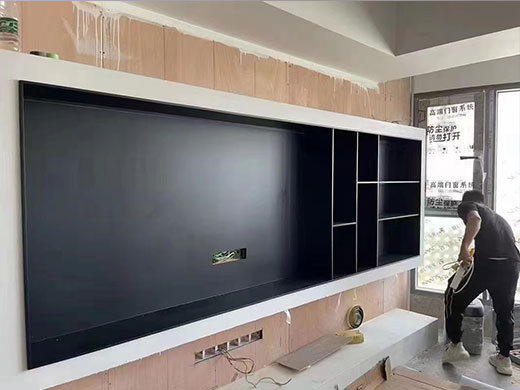
Creative Uses of Stainless Steel Wall Niches in Contemporary Interiors
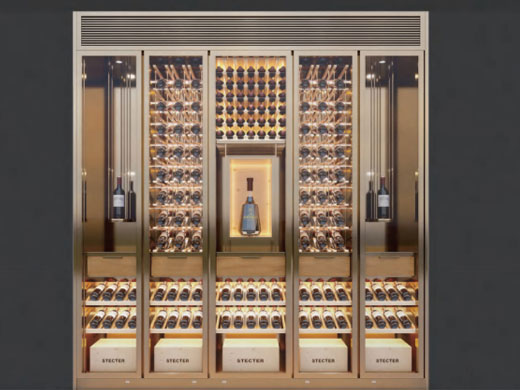
Stainless Steel vs. Wooden Wine Cabinets: Pros & Cons

Glass Door vs. Solid Door Stainless Steel Wine Cabinets: What’s Best?
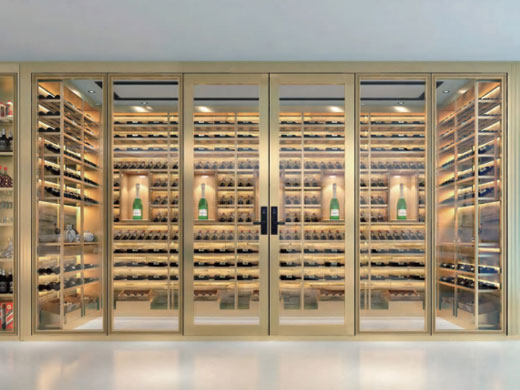
High-End vs. Budget-Friendly Stainless Steel Wine Cabinets: A Buyer’s Guide
